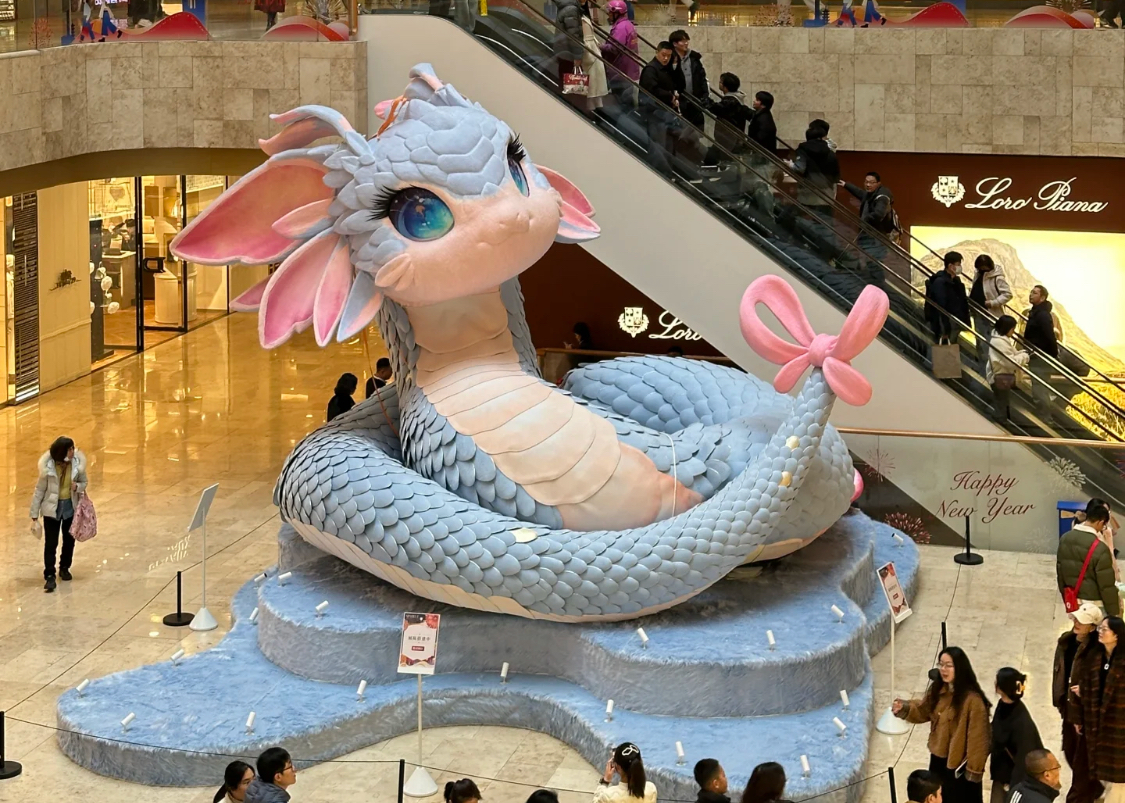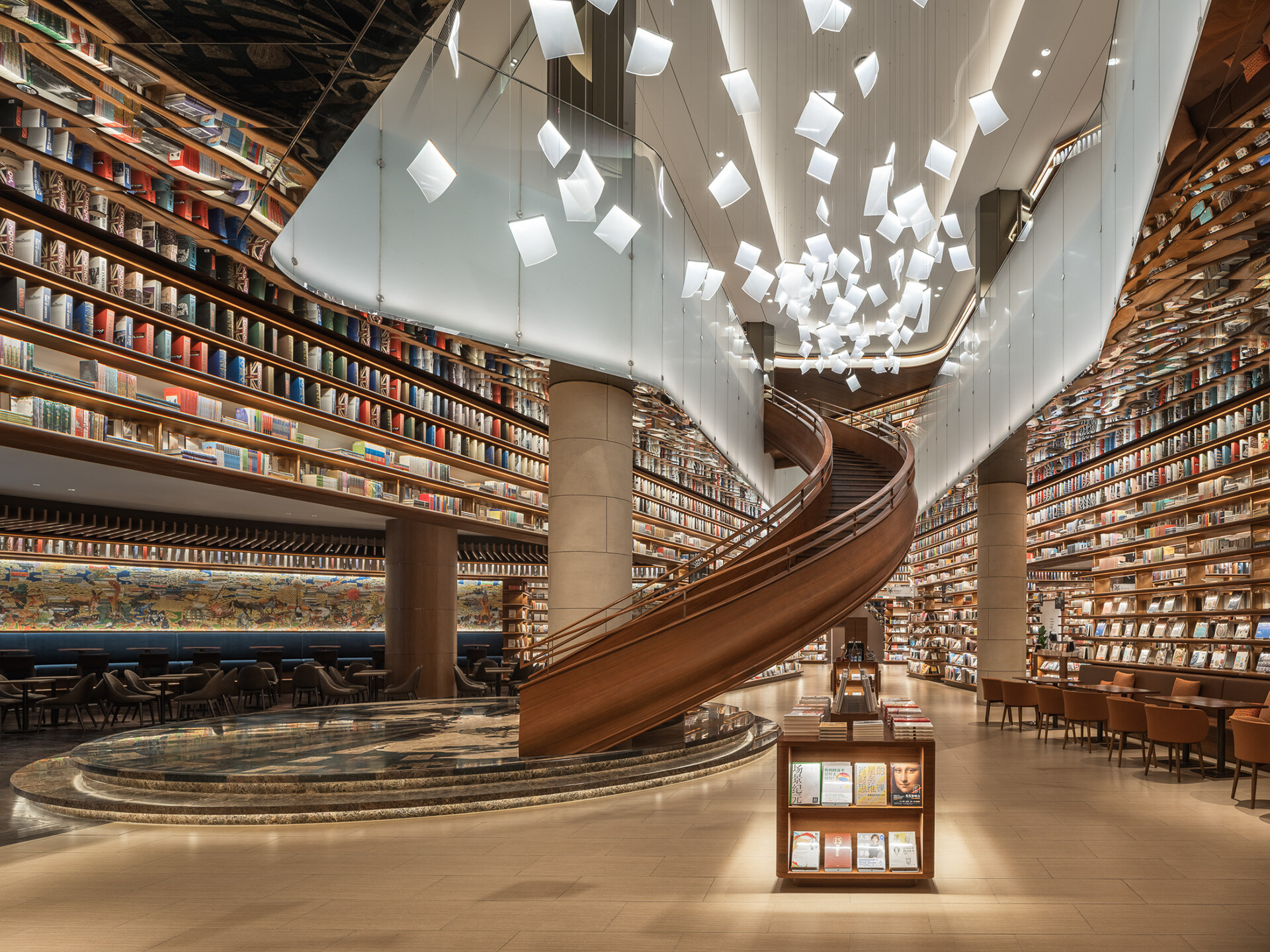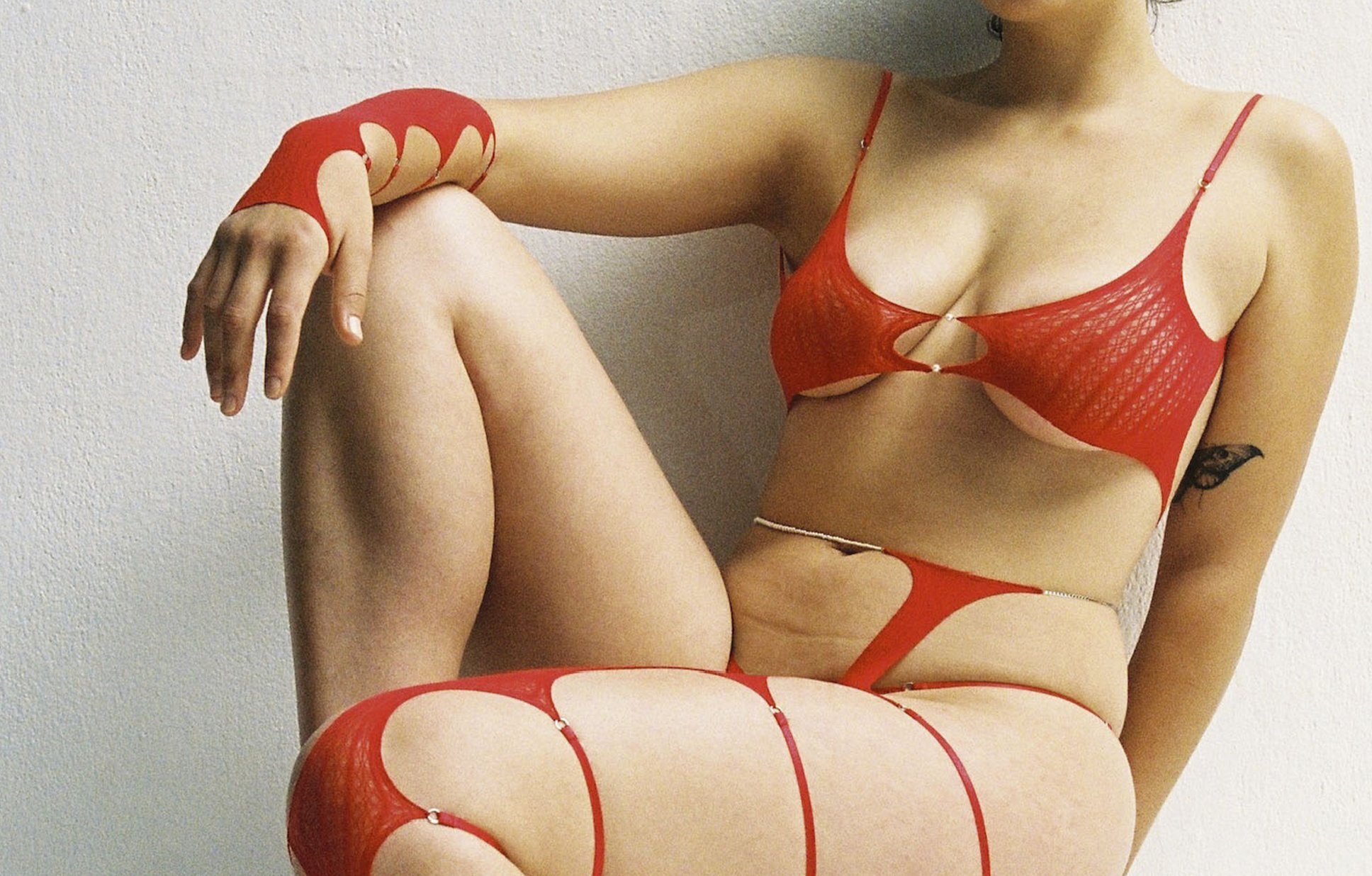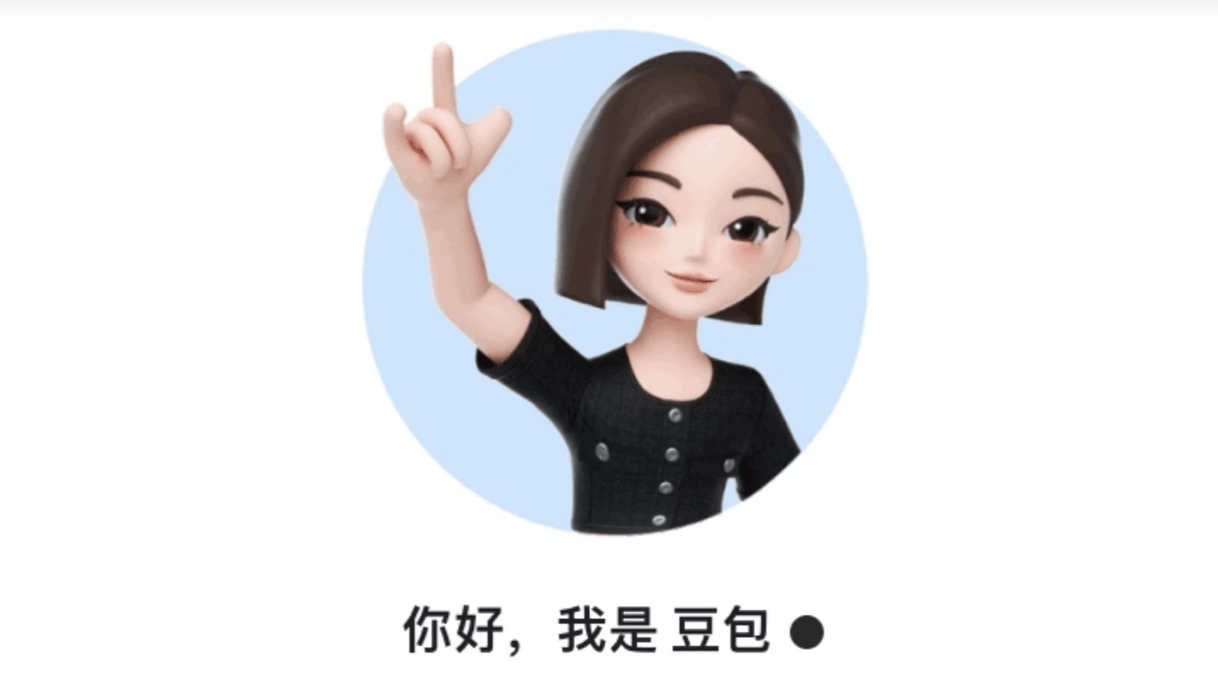If you’ve been to an experimental music gig, DJ night, gallery opening, or skate spot in Beijing over the past decade, you may well have bumped into Jeff Yiu. And even if you’ve just been following subcultural goings-on in China’s capital remotely, there’s a good chance you’ve seen his photography, which documents everything from noise performances to collections from emerging fashion designers. In both his personal work and commissions for brands including Adidas Originals, FFIXXED STUDIOS, Guerrilla Group, Lane Crawford, and more, the Hong Kong-born, Sydney-raised, Beijing-based photographer captures scenes and communities around China on camera.
Since the pandemic, Yiu has rediscovered skateboarding, a passion from his childhood, connecting him with the crews steadily building skate and streetwear culture in China. RADII recently caught up with Yiu to chat about his creative journey, the interplay between fashion and subcultures, and designers to keep an eye out for. We’re also proud to share a selection of his work.

Portrait of Jeff Yiu by Nico deRogue.
Simon Frank: Despite knowing you for a while, I realized I’m not clear on your “Beijing timeline” — when did you move to Beijing? What brought you there?
Jeff Yiu: I moved to Beijing at late 2012, I had just finished my two year work visa stint in London as a photographer’s assistant, my grandpa was having some health issues during that time and it prompted me to want to be closer to my grandma in Hong Kong, so moving to China was my way of doing that.
I had never thought of living in China before but it felt like a new adventure and it would be a completely different direction for me, not knowing anything or speak Mandarin at all. It was literally a brand new path forward. I was probably too naive at the time but I am glad I made the leap and got myself over to enjoy the friendships and experiences I have lived over the years.

Simon: You’ve mentioned skate culture impacted you a lot growing up in Sydney — how did it influence you creatively or otherwise?
Jeff: Actually I played soccer when I was really little in HK and when I moved to Sydney during primary school, that was how I made friends with the kids in my new school through playing and I joined a weekend club as well, so I was really into it. It was around 7th grade that I stumbled across a toy board from Target and found some kids in my neighbourhood who also were skateboarding, which made me want to try and get a more serious board as well. Then throughout high school I always had friends who skated and played music so it always brought me a lot of new cultural capital to dabble with, especially music from videos we were watching and the clothes that were popular at the time, etc.
It still gives me the same kind of feeling now, the sense of familiarity, watching skate videos, seeing what music choices certain filmmakers and skaters like to use and what kind of visual language they are playing with. On a physical level, for me, just the act of pushing around through streets and seeing what the landscape looks like that could be skate-able is always a fun exercise, especially when visiting a new country or a city that I have never visited before. I always notice the sound of wheels and slapping sounds from boards hitting the pavement, it is like an urban siren call of sorts.

Simon: Maybe related to the previous question, how did you pick up a camera?
Jeff: I took a six month break after my university graduation, I had saved up some money doing an internship for a tech software company in their marketing department and I wanted to travel around Western Europe on my own. My mom had lent me her Canon IXUS at the time to take some photos from my travels.
I had met a photographer while I was in a Berlin hostel. We just chatted about our travel routes and I showed him some of my photos from my travels. He encouraged me to learn more about making photos and he taught me some basic manual controls on his Hasselblad 503. He had a Polaroid back, so he could show me how those manual controls can change the image with lighting and he told me I could do that on the IXUS too. So that’s how I was introduced to photography beyond the point and shoot ability. I got back to Sydney shortly after and bought myself a Canon 400D and just started to shoot my friends who were playing in bands and that was how I started to figure out what appealed to me visually. Initially I just wanted to document the atmosphere of their shows, which led me to many different experiences down the road.

Simon: You mentioned to me that in Beijing you first connected more with music and art rather than the skate scene. What drew you to start going to places like XP and documenting the scene?
Jeff: Like I said, I had no idea what was actually happening in Beijing before I arrived. I just realized that with a language barrier and the scale of the city being so vast, I really couldn’t say how I would connect with anyone or anything that I might be interested in before I got there physically. I tried to find some information on Google about what kind of bands were in Beijing, I think I came across something about D22 but then realized that it was already closed when I arrived, then somehow stumbled across XP and I just decided to go and see what that was.
I still remember first going there, not knowing anyone, I met Michael Cupoli (who was playing in Cloud Choir), Brad Seippel (artistically known as thruoutin), Michelle Proskell (Muted Rainbow) and Dee who now runs his own music bar venue in Wanning, Hainan. They were all doing an improvised set and it was so fun. That’s what drew me back to XP, because every time I would see some other random act and get to know some other bands. That’s how I slowly got into the indie experimental scene in Beijing, also thanks to Josh Feola [Editor’s note: former RADII Culture Editor!] who was doing the bookings at XP at the time…
It wasn’t that I didn’t want to skate at the time, I felt like it was just not on my mind for quite some time, so music and art just felt more familiar to me when I first got into Beijing. I only got back into skateboarding during the pandemic time, where I felt like it would be fun to skate again and that’s how I got to meet some of the skate community around different parts of China. Some of them have become some of my closest friends and collaborators, which I am deeply grateful [for].

Simon: In skating and streetwear culture it seems like “the crew” is really important, as a group of friends that explores things together and builds an identity. Are there any crews you really admire in China these days? Would you say you’re part of a crew?
Jeff: I think being in a group environment is just really conducive to being more productive in a creative sense, like sharing a studio with someone you like or at least having a desk space so you can always touch base and see what each person is doing. I have met quite a few different crews that are all doing great things. I really like Lovespot in Beijing, they are always doing something fun. Also the Interesting crew out in West Beijing is making some really nice ideas together.
In Chengdu, I love the guys over at Greenergy, they are just full of vitality and rawness with what they do, having a fun time always skating and filming.
Shanghai, I really like the Land Project by Nanking Joe and also the guys over at Avenue and Son, been pushing the limits of their product range as well as event production, which is always inspiring to see them reaching a bigger audience with their ideas.
I am not really part of a crew but I am always open to people that have a good energy and a fun outlook on what they are doing. So if we get along and can just chill, then creative collaborations can always work out in due time.

Simon: The 1980s murals on Line 2 of the Beijing Subway are a special part of the city, the skateboards you made with Lovespot using those graphics look really cool. What was it like working on that project?
Jeff: That was a really fun project, it really started off as a random discussion about tile patterns and Li Lun who runs Lovespot and I were just randomly throwing ideas together. I liked some of his graphic designs that he had used for his tea stall which had a tiling pattern and I told him I remember seeing some nice tiles in some Beijing subway stations and I took some photos and that’s how those boards were put together.
After getting the sample boards made, he had the opportunity to make an exhibition with Parkview Green and that’s how the Loop Line idea happened. It was all pretty unexpected, but we all learnt a lot from making that pop-up exhibition happen.

Lovespot’s Beijing Loop decks next to their inspiration.
Simon: For you, what role does fashion play in subcultures like skateboarding, underground music, etc.?
Jeff: I have always enjoyed fashion, more specifically from a subcultural value point of view, like why certain groups dress in a certain way and how designers work with those little details to create a new context with their own worldview. I guess skating and music subculture in general is just a melting pot of different ideas from many different time periods. So I feel fashion is perhaps more a reflection of the zeitgeist and it feeds into other subcultures that can eventually create their own rules and values.
I didn’t really understand these subtleties when I was younger, but I did know what looked good to me at the time, so it was all very intuitive.

Simon: What separates your photography for commissions and your personal photography? Does the line get blurred?
Jeff: I feel like I am always trying to photograph what I naturally understand with my own work, a lot of it comes down to my observation with things around me. My commercial work is just an extension of that practice but with the intent of serving the client’s needs, perhaps with a sense of story or a character they are trying to create with my own sensibilities.

Simon: What’s your favorite clothing brand or designer? Or, what’s a brand that you think is doing really good work in Greater China these days?
Jeff: My favourite designer is Janine Grosche, I have been a big fan of her sensibilities and over time seeing it evolve has been super exciting.
There are so many brands that are doing something unique, for me I really like Victoria and Yat Pit, they have collaborated with each other and the energy of their ideas always feels genuine and fun. I think their sensibility is also globally appealing, not just stemming from their Asian roots. I am always a big fan of ideas that are more open to new audiences and creating a melting pot of possibilities to enable people of different backgrounds to create new ideas together.

Janine Grosche in the studio.
All images by Jeff Yiu unless otherwise noted.





































